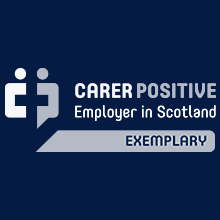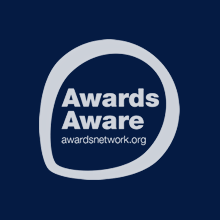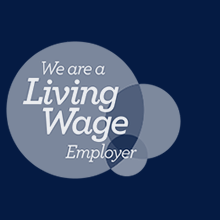What are hypnic jerks?
Hypnic jerks are a sudden jumping sensation of the body which occurs during the transition between wakefulness and sleep. It is not entirely clear why they occur. However, they are a normal occurrence with most people experiencing them at some time in their lives.
One possibility is that the brain misinterprets muscle relaxation as falling, and so, stimulates muscle activity in response. Hypnic jerks usually occur during waking up or falling asleep. Patients will only notice these if they wake them from their sleep and can describe the episodes as a ‘jolt’ or ‘sudden falling’. They may also be associated with vivid dreams, or more rarely auditory or visual hallucinations. Hypnic jerks can also be known as ‘myoclonus’ or ‘hypnagogic’ jerks.
Who gets experiences hypnic jerks?
At least 80% of people have reported having experienced hypnic jerks, with up to 10% having these every night. These can occur more frequently when people are over-tired or in an uncomfortable position.
What is the differential diagnosis?
There are other movement disorders occurring in relation to sleep.
Restless legs syndrome (Restless Legs Syndrome (RLS) – RefHelp) describes an urge to voluntarily move the legs usually related to an unpleasant sensation in the legs. It does not describe an involuntary movement symptom or a problem during sleep.
Periodic limb movements of sleep describe non-jerky repetitive, often semi-rhythmic intermittent movements of legs and sometimes arms during sleep which may be a normal phenomenon or sometimes interrupt sleep. It’s more common in individuals with restless leg syndrome
Sleep paralysis describes the situation where someone wakes during REM sleep paralysis. It can be accompanied by vivid but transitory (30s or less usually) visual and sensory hallucinations. This can be frightening for the individual but is benign in most cases. Sleep paralysis increases in frequency when there is any disruption to sleep and also in individuals with narcolepsy. Narcolepsy is rare and does not need to be considered unless there is excessively broken night time sleep, daytime sleepiness and symptoms suggestive of cataplexy
Who can refer:
General Practitioners
Who to refer:
Consider referral to sleep medicine for individuals with very frequent and intrusive hypnic jerks interfering with sleep or partners sleep.
Consider referral to neurology for individuals where bodily jerks are frequent through the day as well.
Who not to refer:
Patients with hypnic jerks that don’t interfere with sleep or a partner’s sleep
How to refer:
SCI Gateway: RIE \ Neurology \ LI Basic Sign Referral
Usually patients just need reassurance. Lifestyle factors such as reduction in caffeine and alcohol, or reduction of physical activity close to bedtime can help. Opiates can sometimes promote hypnic jerks.
Medication such as melatonin or clonazepam should usually only be considered in the context of secondary care referral.













